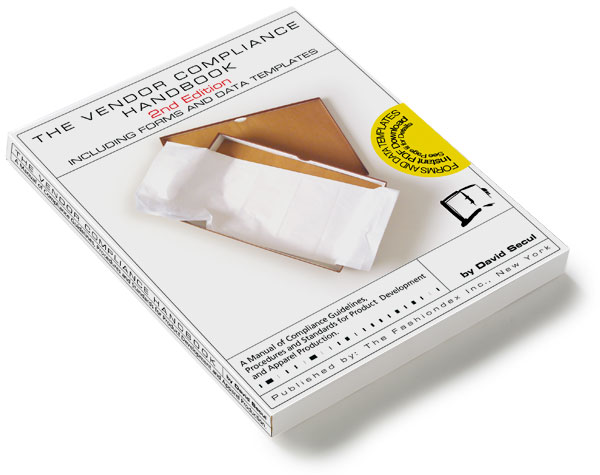Some larger retailers will dictate the standards that you must meet when they place an order. Department stores, Amazon, and large chain retailers have vendor compliance standards. They receive hundreds of boxes from dozens of manufacturers each day and will specify precisely how each item must be packed, where the bar-code must be placed, and where purchase order numbers should be placed on each box. Factors such as placing a purchase order number on the side of the box instead of on the top, or the right side instead of the left side, can (ridiculously) be a valid reason for a retailer to demand a discount or even return the merchandise if that specification was noted in advance. You will receive standards from large retailers, and the orders placed by these large-scale stores are worth the additional care needed to meet their standards. At this point, since you are new and most likely smaller, you will most likely sell to smaller online stores, boutiques and specialty stores, all who have a more relaxed approach. If you hand write a purchase-order number on the box, a smaller retailer will probably not object. Retailers receiving 50 pieces of an item, not 5,000, do not have the same requirements as the big chain retailers.
Regardless of the retailer, there are standards you should always aim to meet – such as that stripes should match at front and back seams, buttonholes should be clipped and uniform in size, hems should not pucker, all hang tags attached in the same spot, and garments packed on hangers should all be hung the same. Production and retail compliance standards are vitally important because if not followed, a retailer can return something to you for what you may feel is an unimportant detail. There are reasons that you can not refuse a return, for example if there is an error on the front or at the top of a garment – if the stitches are puckering or if the plaid doesn’t meet, on the front or at the top, they can return that merchandise and you must take it back. So become aware and learn the common compliance standards. Do not assume every factory will know them. Type out your standards and expectations in you tech packs. Large retailers will provide their own standards, but for those of you dealing with the smaller retailers- you should create your own list and share it with your factories. A great book listing basic compliance standards is the same as mentioned earlier: The Vendor Compliance Handbook, included in the handbook is a compilation of many well-known manufacturers’ standards.
